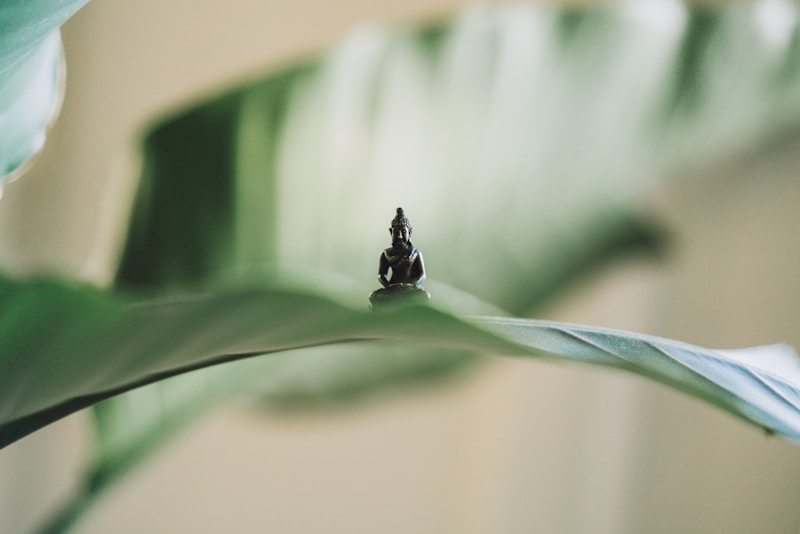For some people lockdown has been a great way to increase the amount of exercise we do. For those people working from home, there’s less time commuting and more time fitting in an extra yoga practice.
This has been great, but without the usual pattern of the year, it’s easy to overdo it, because rest days are just as important as exercise days. Without resting the body doesn’t have time to rest and recover, and skipping rest days can lead to exhaustion, burnout, and injury.
As a nation, we’re not very good at resting. No siestas for us! But now the weather is getting properly summery, it’s time to re-think our exercise regime and schedule in those rest days.
Why Resting isn’t Wimping out
When we exercise or stretch we’re actually causing micro-abrasions in the muscles. To stretch them, we have to tear them – a bit. When they repair, they grow bigger and stronger. But if we continue to stretch and work the muscles without giving them time to heal, we’ll start to damage the body.
There are other ways we can overwork the body too. When we exercise we are also taking away the blood supple from other organs, such as the digestive system. This can lead to tummy troubles. If you’re feeling stiff and sore all the time, so that you make a groaning sound after bending down to pick something up off the floor, then you’re probably overdoing it.
Why Resting isn’t Sleeping
Sleep is obviously very important, and if you’re not getting enough sleep then back to bed with you. Most adults need at least 7 – 8 hours sleep per night in order for the body to regulate our hormones, repair damaged cells and improve cognitive function.
But rest is different to sleep. When we go into a state of deep rest we’re accessing the parasympathetic nervous system. This nervous system controls the ‘rest and digest’ functions and allows us to switch off the adrenaline and cortisol cocktail that keeps us rushing from one thing to the next. This state allows the mind to consciously rest.
Both rest and sleep are important. The great thing about resting is that it can be done in short bursts during the day. In order to rest we need to stop what we are doing, and literally switch off. Some simple mindfulness will help to slow the breath and heart rate and allow the brain to take a break.
Where Restorative yoga comes In
Yoga emphasises the need for relaxation, but it goes further and advocates rejuvenation. Relaxation is going from a negative to a neutral state, while rejuvenation is going from a neutral to a positive state.
Yoga for Sports by B K S Iyengar, p 45
Restorative yoga does what it says on the tin – it restores you. Not only does this form of yoga allow the body to rest and recover, but the brain too.
Restorative Yoga was ‘invented’ by B. K. S. Iyengar, although of course yoga has been used for restorative purposes for many years. But Iyengar’s inventive use of props meant that the benefits of poses could be felt without over-straining the body.
Restorative yoga is about allowing the pose to do you, rather than you doing the pose. You have to allow the body to inhabit the pose, and then let the breath inhabit the body, and the mind inhabits the breath. When you become fully passive in the pose there is a sense of weightlessness and submersion in the pose.
Why Inverted Asanas are Especially Important
All restorative yoga poses have their benefits, but inverted restorative poses are particularly important for a stressed-out nervous system and for mental and emotional health.
Any pose where the head is positioned below the heart counts as an inverted pose, so you don’t have to be up in full headstand or shoulderstand. Also standing inversions, such as uttanasana and adho mukha svanasana with the head supported (preferably on something soft) give the same benefits.
In inverted asanas, the heart centre is elevated, and the mind is given a chance to recover quickly. The breathing also automatically become smoother, quieter, and calmer, bringing the nervous system to a place of quiet too.
Focusing on Relaxing the Eyes
We can feel tired after a whole day spent working on the computer, but it’s brain-tired. Our eyes are pushed forwards from looking at the screen, and we haven’t been breathing properly so the body is not fully oxygenated.
With so much of our lives now conducted on screens – zoom meetings, online yoga, WhatsApp chats, and so on, we need to find a way to take a break from all the screen-related activities.
Yoga gives us this time to rest our eyes. Here’s a simple exercise you can try: take a bandage and softly cover the eyes. Lie in supported savasana and allow the eyes to completely soften. Focus on the breath.
In any yoga pose, it’s important to check on what’s happening with the eyes, especially strenuous poses such as backbends. We have to learn to soften the face, even while working the rest of the body – this eventually leads to the ‘effortless effort’ of Patanjali’s sutras.
Just Stop
Occasionally it’s OKAY to just stop. Those of you that have kept businesses going, that have home-schooled kids, and dealt with all the stress, uncertainty and sorrow that the Covid-19 pandemic has unleashed are probably just a bit tired now.
When we are both physically and mentally fatigued, sometimes the best course of action is to take a complete break and take some quiet days. Don’t even do a yoga practice, just allow the body to rest.
Then when you return to your practice, be aware of the difference in the body, you might even find you’ve improved after taking a few days off.













